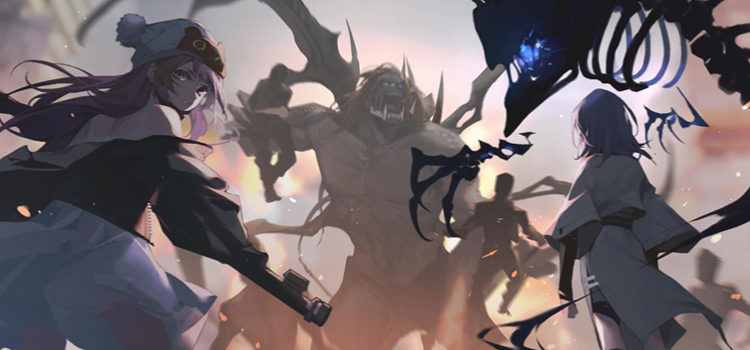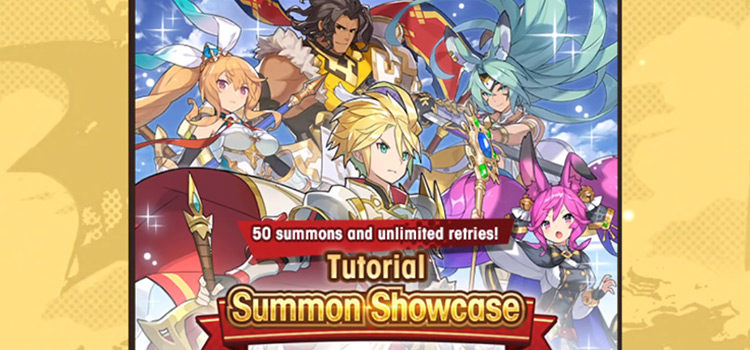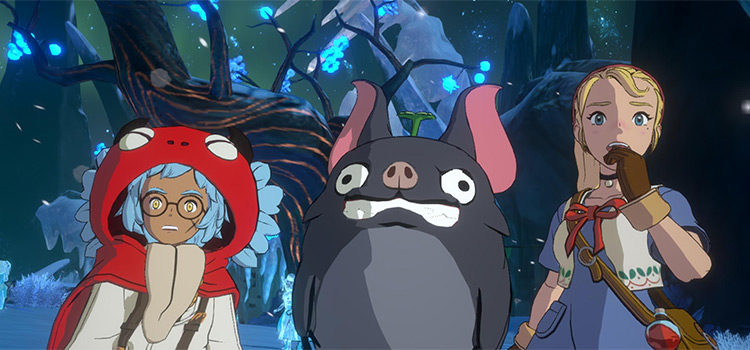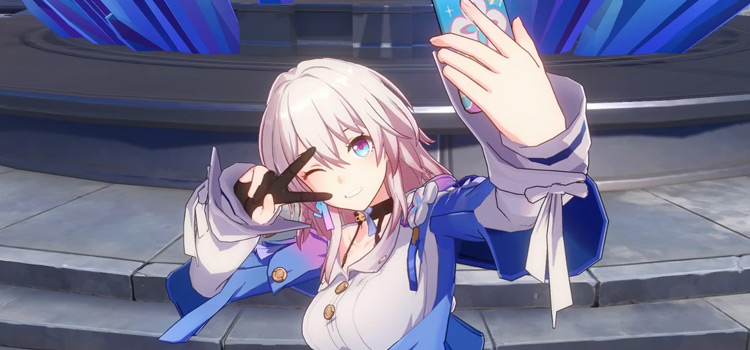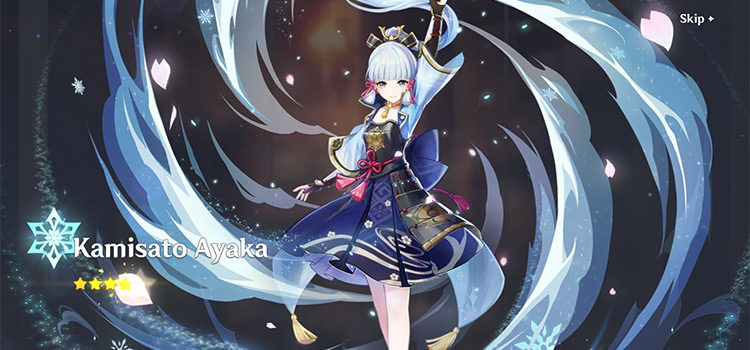What is ‘Pity’ in Gacha Gaming?
This post may contain affiliate links. If you buy something we may get a small commission at no extra cost to you. (Learn more).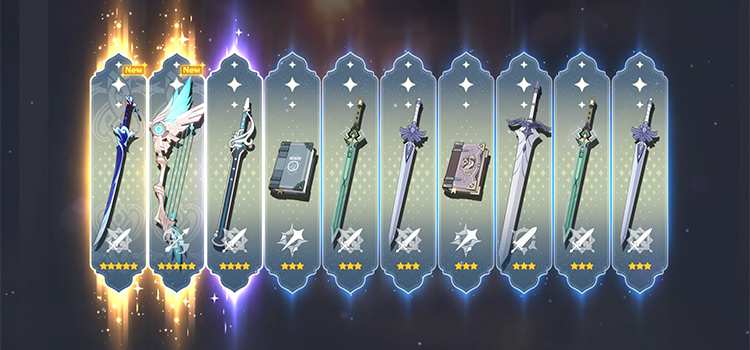
Pity, also called the Pity System in gacha games, refers to how many pulls/rolls you need to guarantee a character or item from the gacha banner. This is the most common definition of pity in gacha games.
For instance, Genshin Impact’s Pity System guarantees a 5-star character within 90 pulls. You can definitely get a character before reaching 90 pulls – the Pity System simply works as a safety net to prevent players from overspending for a featured character/item.
Some games also have a Hard Pity and Soft Pity.
- Hard Pity refers to the maximum number of pulls you need to 100% guarantee a character/item from the banner.
- Soft Pity refers to an X number of pulls before Hard Pity, where there’s an increased chance of getting the featured character/item.
Each Pity System varies between every gacha game – and not every gacha game has a Pity System.
In that case, there’s absolutely no way of guaranteeing your pulls. You just continue rolling until you get the character or item you want.
“Pity” as a Counter
Pity can also be used as a unit of measurement for how many pulls/rolls you’ve done in a gacha banner.
This only counts the number of pulls you’ve made after getting the featured character/item. For instance, “50 pity” would mean that you’ve done 50 pulls since last getting the featured unit.
This is a lesser-known definition, and it’s mostly used within gacha communities.
What is Early Pity?
Early Pity also uses ‘pity’ as a counter for your pulls. This generally refers to an X number of pulls before reaching Soft Pity.
So if you hear or read someone saying ‘I got X at early pity’ – it’s just a very vague way of saying that they got X after their first few pulls.
